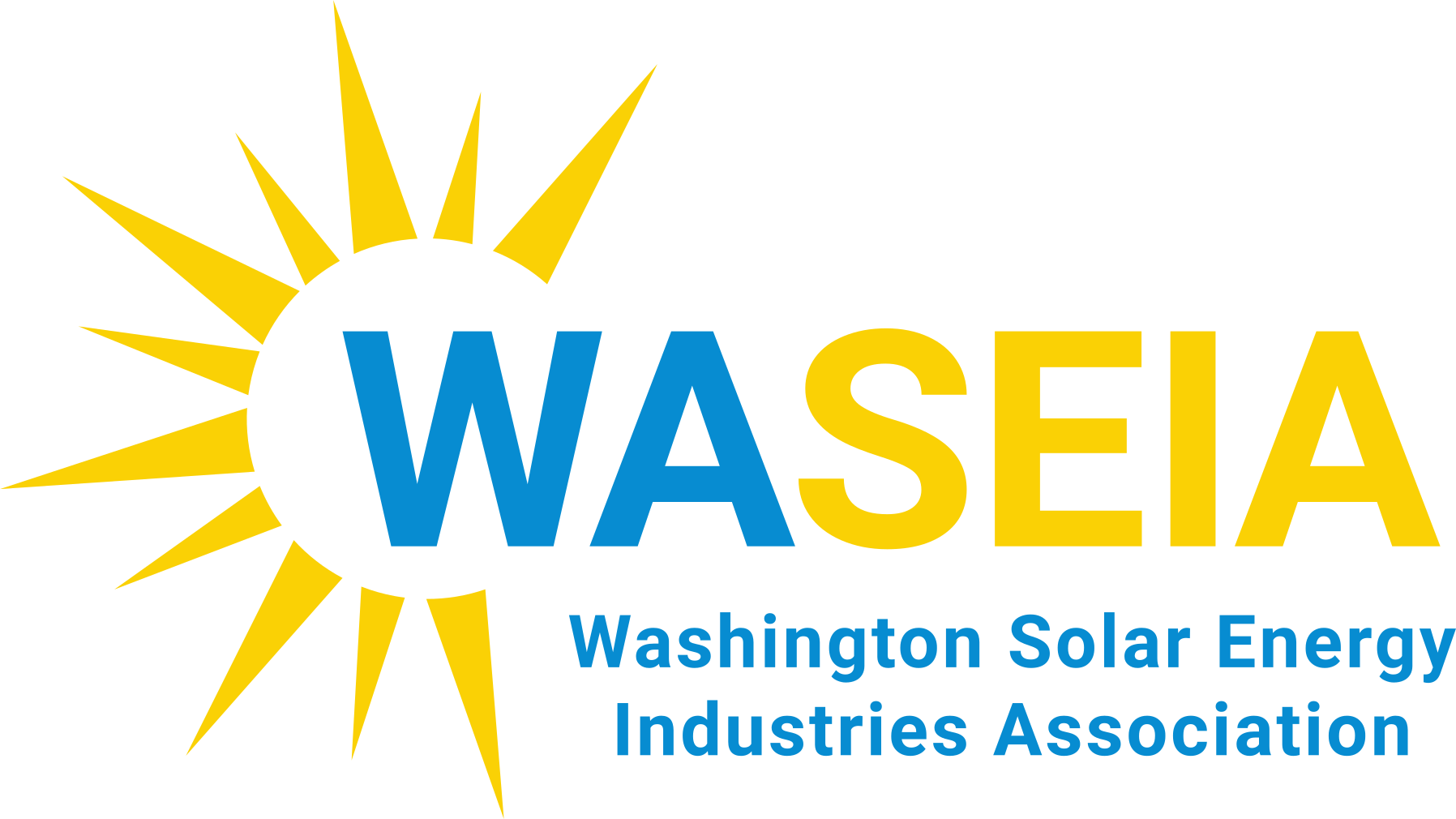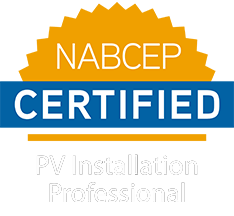Selling a Solar Home Is Easier Than You Think

3 Things To Consider When Putting A Solar Home on the Market
As solar technology becomes increasingly popular across the U.S., so too have the demand for homes with built-in solar panels. A study sponsored by the U.S. Department of Energy reveals that property buyers are willing to pay more for a solar-energy-ready home. This is because the financial and environmental benefits are quite appealing to them. Not only that, but the presence of solar panels could increase the property value by 3-4%. It’s definitely a win-win situation for both the buyer and seller.
The National Renewable Energy Laboratory estimates that every $1 saved in energy costs adds $20 to your home’s total value. That means, if a home saved $1,000 a year on energy from its solar panels, it could sell for $20,000 more. The value could also increase depending on the location. Solar homes in highly-active solar markets like California and Arizona yield higher returns. In addition, the return on investment increases in states that offer high incentives for renewable energy, such as Washington.
What to Consider When Selling a Solar Home
Solar panels are secure investments that let you enjoy savings for over 25 years. However, there are many people who do not plan on living in their homes for more than 10 to 15 years. If you are planning on installing a solar system for your home, but may relocate down the road, consider these three options to ensure that the sale goes more smoothly.
1. Buy Out the Lease for the System
If you have the financial means, paying for the system in full would be the best option. Once you satisfy the terms of the loan, the cost of the solar system will be added to the asking price of the home. This means you can easily recoup your investment with the sale. The fact that you can completely transfer ownership also makes it more attractive to potential buyers. Buying the lease is also required if you want to move the panels to your new home.
2. Transfer the Loan to the New Homeowner
Third-party-owned systems are typically transferable. Transferring the loan obligation to the new homeowner is a more common method. However, this can only be accomplished if the potential buyer is willing. It is important to put together resources for the potential buyers that contain the details of the solar lease. They should know the terms of lease payment, how much time is left on the contract, and the warranty policy.
3. Include the Balance in the Asking Price
Another option is to include the balance of the loan in the asking price. Once the home sells, this will let you pay off the rest of the loan and transfer the ownership to the buyer. Have the realtor adjust the asking price accordingly to account for the loan payoff amount. This will also apply if potential buyers do not want to take over the loan. Or you can always continue searching for an alternate buyer.
At a time when people are becoming more and more eco-conscious, the prospect of selling a solar home no longer has to be a dilemma. You now have numerous options as a homeowner that will give you maximum value out of your sale. Consulting a solar system professional is also a must for accurate valuation and interpreting lease and financing contracts. With the increased interest in renewable energy, closing the sale may be quicker than you realize.



